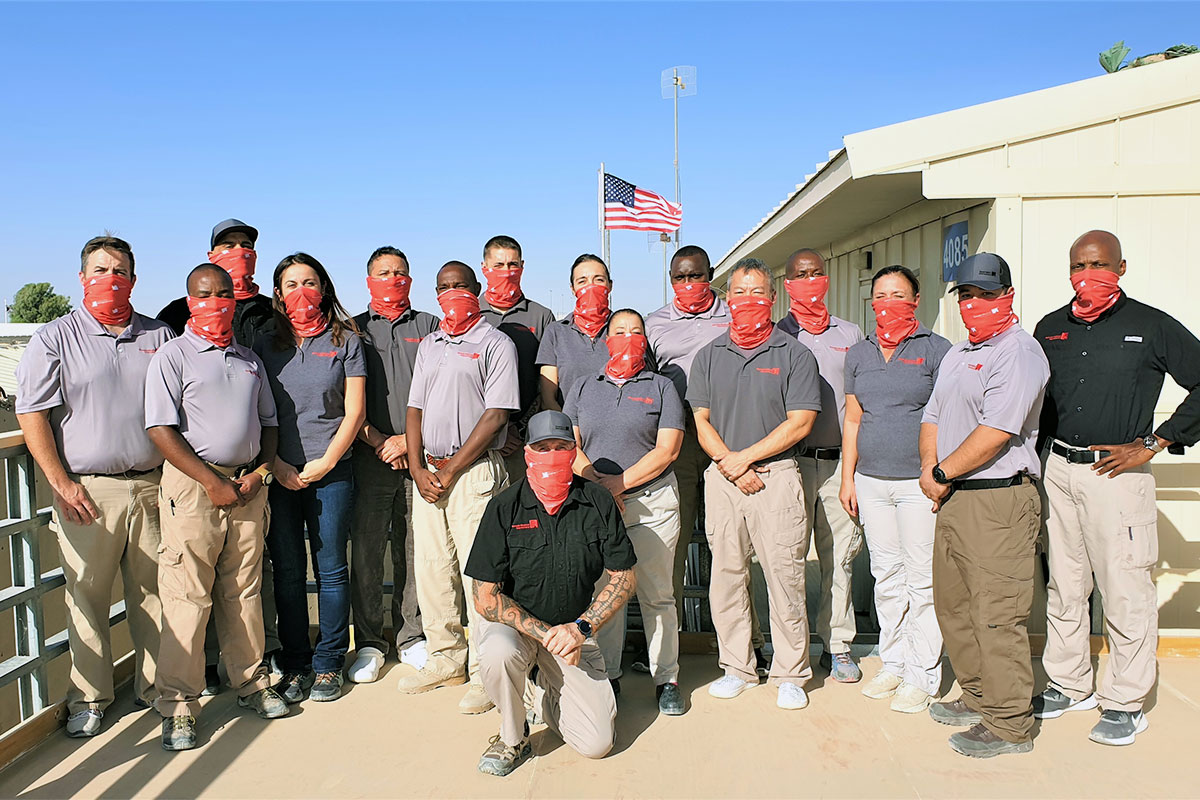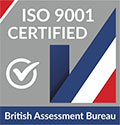“One Person in a Little Boat Against the Ocean”
 That’s how Seattle-based sailor and yacht rigger Chris Tutmark sums up the Mini TransAt- a single-handed open ocean race starting September 13 that he’s competing in following months of preparation, training, and qualifiers.
Spicy
The details of the race are a bit more spicy. Racers sail Mini’s, 6.50 meter (21+ foot) high performance boats from France to Brazil. The races average 20+ days in length, and in an average day the competitors get only 4 hours of sleep while crossing the Atlantic, relying on skill and seamanship, with limited support.
I had the chance to check in with Chris in France a few days before the race and get a short interview before he headed out. His answers provide insight into the planning and psychology that goes into such a venture. As the medical sponsor for his bid, Seattle’s Remote Medical International provided him with training and the Classe Mini spec’ed med kit, hence particular interest in that area.
Interview
Tom Milne/RMI: Describe the TransAt in a nutshell
Chris Tutmark:Â It’s one person in a little boat against the ocean. The Classe has strict guidelines limiting outside assistance and gear so that the focus is on seamanship, endurance, and racing skill. Many sailors are attracted to this race for it’s purity.Â
How do you manage the long days?
CT: Sleep psychologists advise the racers to stay out of serious sleep debt for the first 5-7-day section. Sailors will aim for four hours of sleep out of each twenty-four hour period, with one of those four hour periods unbroken if possible (otherwise short naps when possible). On leg two, most will aim for five hours of sleep every twenty four, with at least one of those hours being continuous sleep. The crux challenge for many racers will occur during the deprivation of the second stage, managing “how much is left”, and finding out how to make that equation work.Â
Tell us a bit more about racing strategy on the TransAt…
A number of factors must be managed in addition to the physical. Each boat is equipped with a transponder, which shows a competitor the distance to the next port or finish, and each competitor can also see the other boats’ distance to those points. That being said, the figure may be misleading- one boat may have a closer relative position, but due to weather patterns (prevailing and current), racers’ sleep schedules, currents and other factors, a racer with a greater distance relative to another may actually have an advantage. For example, racers may have preferred strategies for crossing the doldrums, or may make up a new strategy on the spot.
In the end it’s a blend of a race versus the other competitors, managing your own energy reserves, and maximizing individual performance. Days 12-20 are about endurance, pushing hard while your systems are already maxed, and knowing your own and everyone else’s personal limits. To be successful you have to be able to maintain that edge without going into the red zone and crashing….
What support systems do race organizers have in place for contingencies/emergencies?
Although this is sailing and racing stripped down to a very pure form, the race organizers are very serious about safety. There are very specific required medical kits on each boat, specific training required of the racers (*TM note– these are the services Remote Medical is providing Chris), and seven support vessels spread throughout the fleet that are within VHF range at all times. Two MD’s are on the race (one of them previously finished a TransAt), and a specific telemedicine support service is available to racers and support staff. Each boat carries an ePirb unit that allows them to signal race organizers to alert them of issues that either a) are manageable, b) require outside help or c) require an evacuation.
What are the most common medical incidents open-ocean sailors face?
 The most common incidents include: sprains- wrist, knee and ankle; skin infections, due to the wet conditions, difficulty of proper hygeine, humidity and tropical conditions later in the race, and the fact that the racers’ immune systems are compromised due to the extended physical demands of the TransAt. That being said, our required medical kits are capable of handling more serious issues as well.
What attracted you to the TransAt?
I like the simplicity. Much of my life as a sailor has been as part of a crew, which has been great. This race will present a different (although no lesser) type of satisfaction- all decisions, good and bad, will be my responsibility alone. For some people this race is part of a “bucket list”, for others it can be a stepping stone to different solo open ocean races, such as the Vendee Globe. I see myself doing more of this type of racing, and helping establish and support these types of events in North America.
What will you do once the race is over?
I’ll take a shower and get some sleep! After that, I’ll be getting the boat packed up. I will be selling USA 724 after the race. This entire venture has been essentially self-financed, so plan be having the boat delivered to a prospective buyer either in France or North America after the race. I will have over a week in Brazil to wrap things up and decompress before flying back to Seattle.
Any final thoughts?
I have been struck throughout this process by the camaraderie the fleet and this group of sailors displays, it is phenomenal. There are eighty five boats, and everyone is helping each other. Yes, it is a competition, but it is also an amazing venture that we are sharing in. The bonds are very strong.
Chris and the other 84 competitors depart from La Charente France en route to Salvador Bahia Brazil Sunday, Sept. 13. Follow the updates, including current positioning, on the official race site-
More about Classe Mini: http://www.classemini.com/
Official 2009 Mini TransAt site: http://www.transat650.org/en/
Chris’ Blog: http://usa724-mini.blogspot.com/
Tom Milne helps clients in yachting, expeditions, destination resorts and expatriate communities with medical support in his work at Remote Medical International. A WEMT and international mountain guide himself, Tom has managed expeditions from the Amazon to Antarctica. For more information or questions, contact Tom at +1 (206) 734-3427 or tmilne@remotemedical.com.


